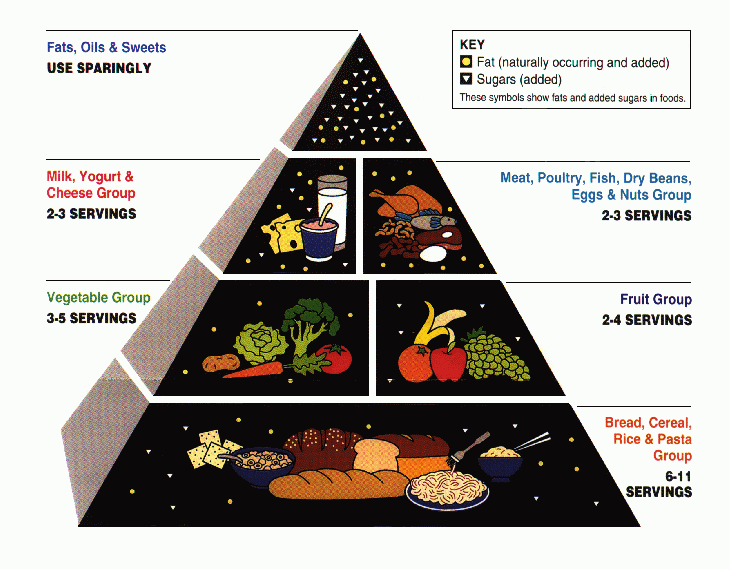My last post dealt with fundamentalism, my own frame of reference on health vis-a-vis food. What we consume, can, and, in my view, should be applied towards our own health, for the sake of ourselves and those close to us, including our communities. Regardless of one's political leanings, healthcare seems to be a blocked and tedious system with people living longer thanks to medicine but becoming "sicker", due in my view to a preponderance of processed foods. A preponderance of chemicals and ingredients we have trouble pronouncing cannot be good for us. In 2007, the World Cancer Research Fund cited tips for cancer prevention, some of which dealt with food consumption as well as foods one should avoid. Foods ripe for consumption included leafy greens while foods cited to avoid were those with high amounts of sugar and sodium including sugary drinks. In general, processed foods tend to be higher in either sodium or sugar than those which occur naturally. Just raiding my kitchen, I see that tortilla chips contain 65 mg of sodium (I try and eat healthy) while an apple contains 1 mg. But I digress...
In 1992, the United States department of Agriculture published it's food pyramid. At the bottom lay carbohydrates including breads, rice and cereals. Intake was suggested at 6-11 servings per day. After the food pyramid was released, several books suggested that political influence may have played a key role in it's development.

Later, the pyramid was amended in 2005 and again in 2011 and is now referred to as MyPlate providing for some adjustments when complaints were made about portion sizes and clarity.
Another pyramid I wanted to reference was created in 1954 by Abraham Maslow in the book Motivation and Personality. Within the book, Maslow outlines a hierarchy of human needs ranging from the relatively primal to transcendental, if you will.

As you can see, at the bottom stands what he refers to as our physiological needs, those needs which without, we would cease to function. Several of these needs include water, sleep, food and homeostasis. Now, combining these two pyramids, one could essentially form their own food pyramid which is essentially what I intend to do.
In 1992, the United States department of Agriculture published it's food pyramid. At the bottom lay carbohydrates including breads, rice and cereals. Intake was suggested at 6-11 servings per day. After the food pyramid was released, several books suggested that political influence may have played a key role in it's development.

Later, the pyramid was amended in 2005 and again in 2011 and is now referred to as MyPlate providing for some adjustments when complaints were made about portion sizes and clarity.
Another pyramid I wanted to reference was created in 1954 by Abraham Maslow in the book Motivation and Personality. Within the book, Maslow outlines a hierarchy of human needs ranging from the relatively primal to transcendental, if you will.
As you can see, at the bottom stands what he refers to as our physiological needs, those needs which without, we would cease to function. Several of these needs include water, sleep, food and homeostasis. Now, combining these two pyramids, one could essentially form their own food pyramid which is essentially what I intend to do.
No comments:
Post a Comment